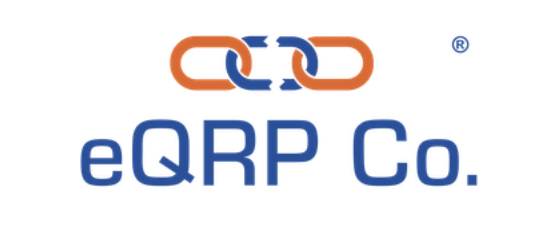There are endless terms in real estate investing with which to familiarize yourself. To help, I have created a resources page just for terms.
Many items can threaten the income potential of your property. There is physical vacancy, bad-debt, concessions and more. Let’s discuss Loss-to-lease.
Loss-to-Lease: A concept describing when current rates are lower than market rates for units in areas with similar features, this concept is called loss to lease. To calculate loss to lease, subtract the markets rent value from the current rent of the subject property.
Loss-to-lease: Market Average Rents – Current Average Rents
Loss-to-lease is not easily recognized as an economic impact, but when you consider that you are renting for less than the market, depending on the extent of the difference, you may be leaving rental income on the table.
Certainly, there are times to rent below market, and many managers consciously make the decision to do so in order to minimize costly physical vacancy, but do your math and discover what is optimal. Especially during times of COVID, maintaining great tenants should be prioritized over raising rents.
Practical Example
I have analyzed quite a few multi-family assets over the last year. Occasionally, i will come across one that is proudly advertised as 100% occupied. My first thought that comes to mind is Why is the property 100% occupied? What i learn is most of those situations is that the current owner or manager is renting at below-market levels. This translates to a high loss-to-lease and lots of dollars in lost value.
For example, if a 50-unit property has a loss to lease of $50 dollars per month per unit, that is $30,000 in Net Operating Income per year that is not realized. At a 6.5% cap rate, that equates to $461k in equity!
The good thing is that on the other side of the coin, there is opportunity. Finding the same property with such high loss to lease can allow the investor team to grow its value and their equity by $461,000!
Understanding current market rents is key to growing the property’s value and achieving the targeted returns for you and your investors.
💡Invest Your Retirement w/ eQRP
– How To Use Your 401k To Invest In Real Estate


